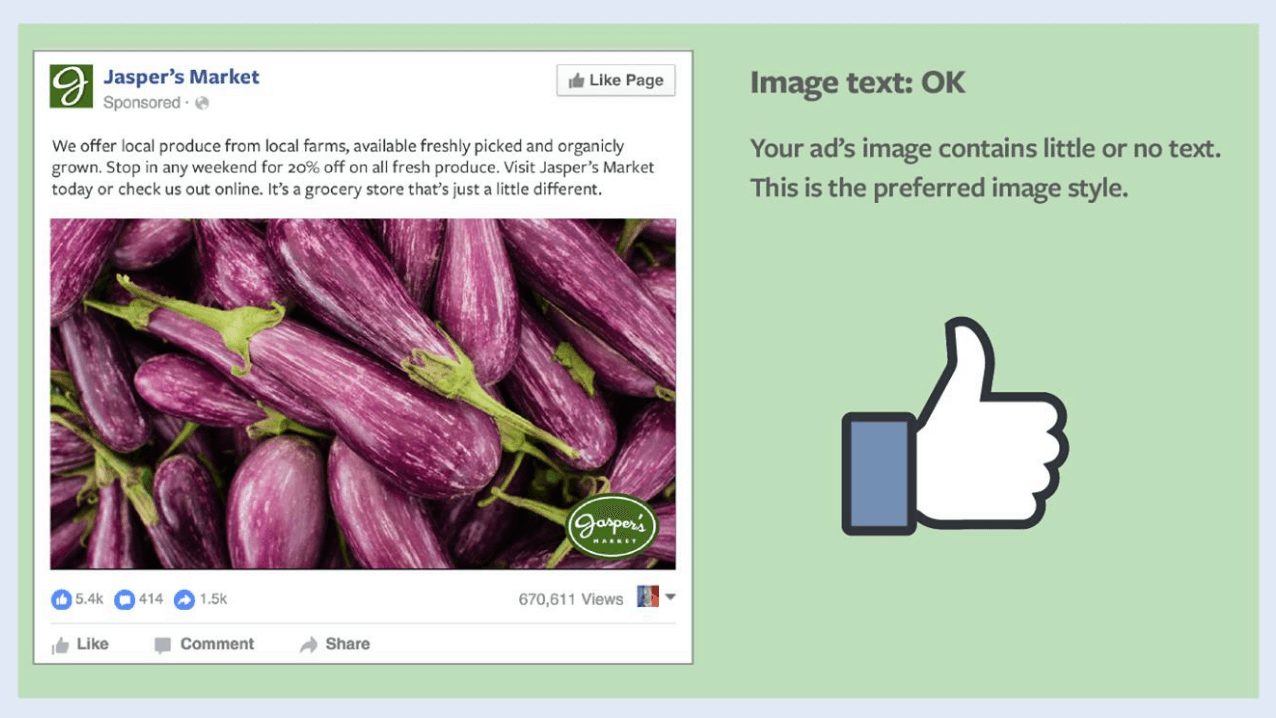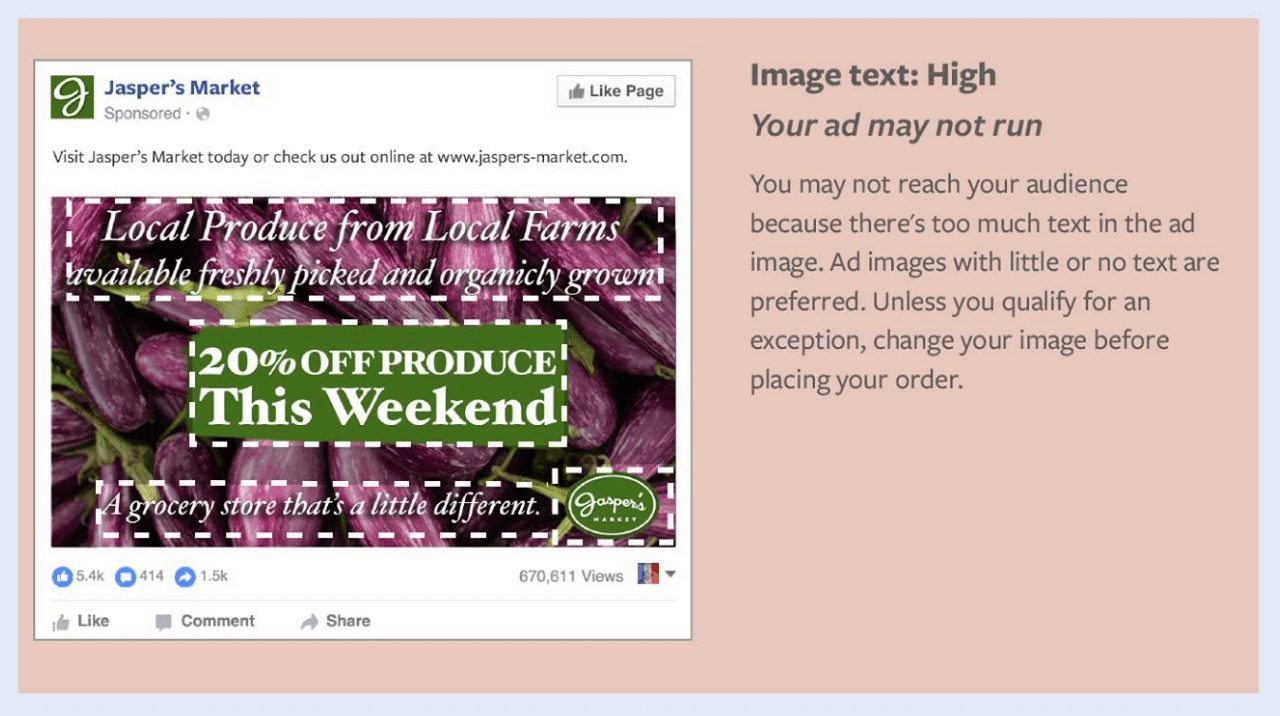Paid Media News Update: Text Rules, Video Comments, and Expanded Ads

The face of marketing changes by the moment.
In order for us to better take advantage of all the new opportunities cropping up on networks like Google, Facebook, Twitter, LinkedIn, Bing, and so on, we have to stay up to date on things like product updates, new tech, features, and tools.
That’s why every two weeks, as an Outbrain paid media campaign manager on the Customer Acquisition team, I curate an internal email roundup to educate us all on important industry happenings. Now, I’ve decided to share them publicly in the shape of bi-weekly blog posts, as our team has adopted a “content-first” approach to all of our marketing efforts.
So, join me for the first in a series of pain-free, informative round-ups gathered from across the web:
- Facebook Text Rule in Ad Images is Changing
- Videos Can Now Be Added to Facebook Comments
- Facebook Adds Video Viewing to Custom Audiences Targeting
- New Adwords Features
- Bing Ads to support Expanded Text Ads
1. Facebook Text Rule in Ad Images is Changing
According to Jon Loomer’s article, while the 20% rule will no longer get your ad rejected, very little actually changes. If you have already been smart about limiting text, you should have very few surprises.
The Old 20-Percent Rule:
For a few years now, Facebook has enforced a rule to limit the amount of text in ads. If an ad image consisted of more than 20-percent text, the ad would be rejected.
This was enforced by Facebook and managed by advertisers using the grid tool.
If an image is broken up into a 5×5 grid, it could not have text in more than five of those squares. As many figured out it wasn’t always about the amount of text, but where that text was located that would result in a rejected ad.
|
|
In the example above, you could simply move the same amount of text to stay within the rules.
The Change to Text in Ad Images:
Your ads will no longer be rejected for having too much text. However, the more text in your image, you can expect less distribution at higher costs.
Images will no longer be broken up into a 5×5 grid.
Going forward, Facebook breaks down text density into four categories:
- OK
- Low
- Medium
- High
Facebook also provides examples of each and what to expect regarding distribution:
|
|
|
|
|
|
|
|
Exceptions of text that doesn’t impact your ad images:
- Movie Posters
- Book Covers
- Album Covers
- Product Images
- Posters for concerts/music Festivals, Comedy Shows or Sporting Events
- Text-based Businesses Calligraphy, cartoon/comic strips, etc.
- App & game screenshots
- Legal text
- Infographics
Understand that as you increase text in your images, Facebook will respond accordingly by making it more difficult for your content to reach audiences. But, if you really want it to be seen, the costs will be high.
It’s a matter of Facebook determining whether the amount of text is OK, Low, Medium or High.
Remember, Facebook will be updating their grid tool so that you can upload your images and get immediate feedback on where they determine text density falls.
Additionally, whenever you create an ad in the ad creator or Power Editor, you will be given a warning that lets you know if the amount of text in your image may limit distribution.
2. Videos Can Now Be Added to Facebook Comments
In a post on Adweek’s Social Times, videos are recognized as being everywhere on Facebook and they can now be included in one more place: comments and replies to posts from users, pages, groups and events.
The ability to add videos to comments was initially developed during Facebook’s 50th Hackathon in February, Software engineer Bob Baldwin wrote that it is available via desktop, web, iOS and Android by clicking the camera icon next to the comment field.
It looks like this:
|
|
Marketers, you can upload them as replies to posts by people and pages, as well as within groups and events. It’s supported on desktop, iOS, and Android.
3. Facebook Adds Video Viewing to Custom Audiences Targeting
Social Media today reported that Facebook has added a new way for marketers to create and target Custom Audiences – through video viewing behavior.
This gives marketers a quick and handy way to target users who’ve engaged with video content on Facebook and Instagram.
The feature appears once you’ve logged into Ads Manager and are in the “Create a Custom Audience” window.
|
|
Now, you can specify how much engagement you’ll be asking of your new Custom Audience. You can choose how much time each viewer has to spend on your video, and can select a time period: up to 180 days.
Obviously, your strongest fans will have the longest video watching lengths.
|
|
Next, you can select which video to use in your new Custom Audience.
Facebook gives you the total view count for each uploaded video, but it’s important to note that unless these views occurred in the past 180 days, they won’t be included in your audience.
The new video engagement targeting feature is especially useful for marketers who’ve created a number of videos on different themes or topics.
4. New Adwords Features
Google Adwords Expanded Text Ads:
Announced at the Google Performance Summit in May 2016, Google will do away with the 25-35-35-character ad format of the past 15 years.
Instead, they will switch to a 30-30-80-character format, with the first two lines displaying as a double headline:
|
|
It was very well received by advertisers, probably because Google is teasing a 20-percent lift in CTR thanks to the extra 50 percent of ad text space.
Demographic Targeting:
With demographic targeting in AdWords, you can reach customers who are more likely to interact with your ad based on select audience specifications.
For example, if your business caters to a specific set of customers within a particular age range or gender, you may want to target your ads to this audience because they’re more likely to be interested in your services.
Similarly, you can use demographic targeting in combination with other targeting options like affinity audiences or in-market audiences to reach a more narrow customer base.
If you’ve already been advertising in channels that include demographic targeting or that have demographic performance reports, that data should be leveraged for AdWords search ads.
For example, if you’ve run Facebook ads, their demographic reports can inform your strategy for AdWords:
|
|
Bid Adjustments for All Devices:
Google also announced a significant change that will give advertisers more control over device-level bidding in AdWords.
The main focus is tablet bid modifiers becoming available, but the real power is that all three device types can now have bid modifiers.
Individual device bid adjustments will roll out in the coming months, and will apply to all campaign types, even when keyword targeting isn’t used.
5. Bing Ads to support Expanded Text Ads
On its quarterly API call, Bing Ads program managers disclosed that advertisers will be able to run AdWords’ new longer text ad format on Bing, too.
This means advertisers that advertise on both Bing and Google won’t have to straddle the new and old world of text ads for long. Instead of a 25-71 character format on Bing, ads will expand to a 60-80 character format with two 30-character headlines and 80 characters for ad text.
The Path (aka display URL) has options to include two descriptive words in a sub-directory-like format after the domain.
Here’s a look at what the ad creation interface will look like with ETAs in Bing Ads:
|
|
Bing Ads are working towards being ready to fully support ETAs by the end of the summer.
The Bing Ads web UI and Editor will have ETA support later this summer, and the Import From AdWords functionality will support ETA imports as well.
Those are all the updates for now. Come back in a few weeks to stay on top of your paid media game! And feel free to comment below with any other important new updates I didn’t cover.












